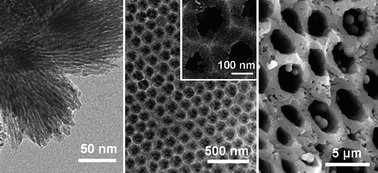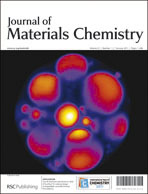Titanium dioxide is a photocatalyst that has attracted considerable attention for tackling pollution in liquid or gaseous environments. Titania has the benefits of high stability and low toxicity, it is abundant and therefore is relatively cheap. However, intrinsic issues in the material, in particular the recombination between the photon induced electron and hole pair, the wide band gap (∼3.2 eV), and the associated issues of nanoparticle separation (generally nanoparticle samples are required to achieve high surface areas) have hampered the full potential of this photocatalytic (PC) material. Here, recent progress in producing porous titania materials, the addition of gold nanoparticles (Au NPs) to the titania and the coupling of these two approaches to improve the PC properties are reviewed. Incorporating porosity within the titania material affords large surface areas without associated nanoparticulate separation issues, and increased accessibility for the organic pollutant to the active sites on the titania, thereby enhancing PC activity. Au NPs act as electron sinks to enhance the charge separation between the e−/h+ produced on photon absorption, hence improving the quantum yield of superoxide radicals, resulting in improved PC activity. Further enhancement can be achieved by coupling the porous structure of the TiO2 and the addition of Au NPs.

You have access to this article
 Please wait while we load your content...
Something went wrong. Try again?
Please wait while we load your content...
Something went wrong. Try again?


 Please wait while we load your content...
Please wait while we load your content...